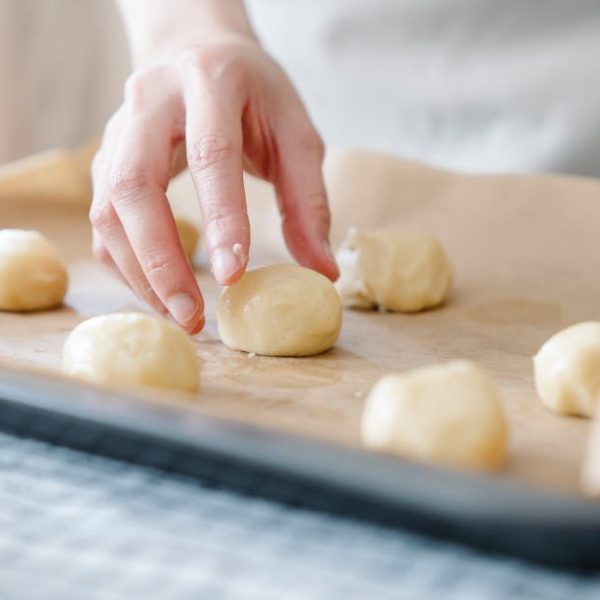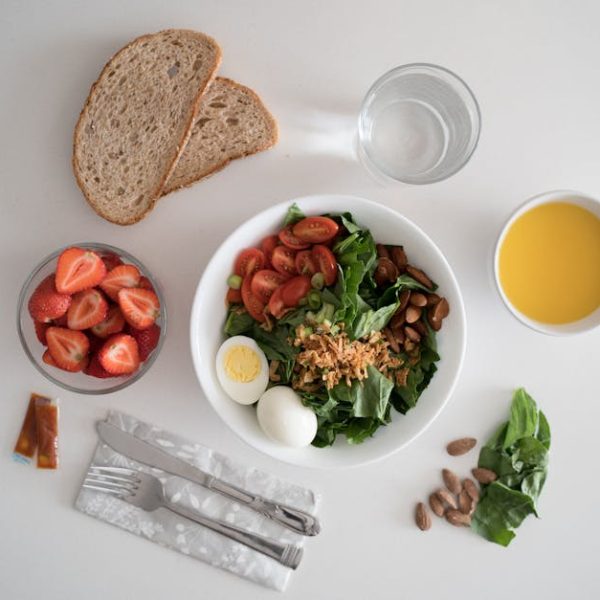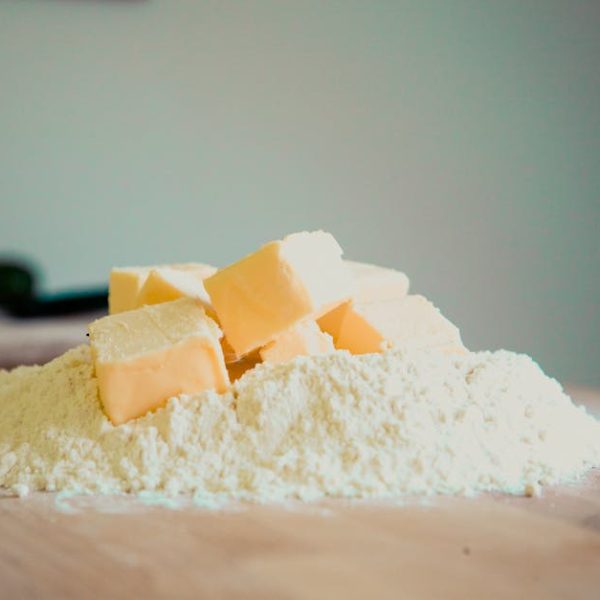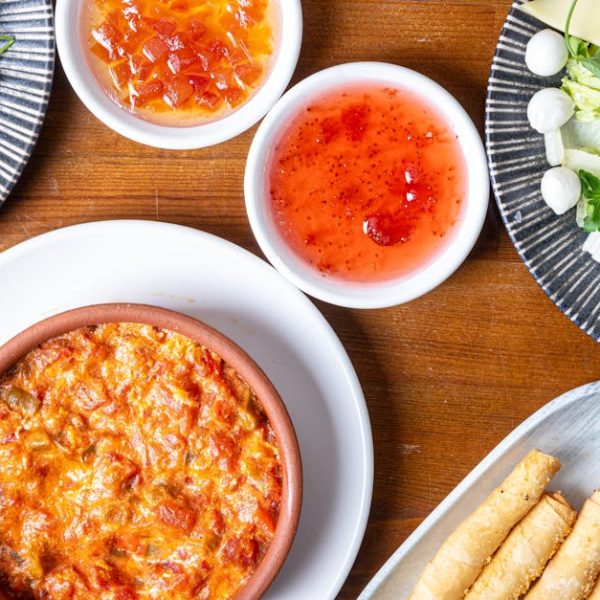From salads to stir-frys, bell peppers are staple ingredients adding a crunch of sweetness across various cuisines. Valued for their crisp texture and sunlit spectrum of colors – green, red, yellow, and orange – each hue reflects a variation in maturity, taste, and nutritional content. Green bell peppers, the least ripe of the pack, offer a subtly bitter note. As they mature, they transform into a sweeter and milder flavor profile embodied by the yellow, orange, and unequivocally ripe red bell peppers.
- Green Bell Peppers: Ideal for adding a crunchy texture and slightly bitter flavor to dishes.
- Red Bell Peppers: Used for their sweetness and vibrant red appeal in various salads and grilled dishes.
- Yellow and Orange Bell Peppers: Their bright colors and sweet mellow taste are great for a myriad of applications, such as pasta, paella, and kabob recipes.
Pro Tip: When selecting bell peppers, look for firm ones with smooth, taut skin. Store them in your refrigerator’s crisper drawer where they can stay fresh for up to two weeks.
Serrano Peppers – Moderate Heat with Robust Flavor
If you’re looking to infuse your dishes with a smoky flavor accompanied by a reasonable kick of heat, Serrano peppers could be your hot ticket. These slender chillies pack more heat than their size suggests along with a decidedly robust flavor that rivals all contenders.
| Serrano Peppers | Jalapeño Peppers |
|---|---|
| 10,000-23,000 Scoville Heat Units | 2,500-8,000 Scoville Heat Units |
Best Practices: Wear gloves to handle Serrano peppers, avoiding any contact with your eyes or sensitive skin. Try roasting or grilling them to mellow out the heat while enriching their flavor before adding them to your recipe.
Knowledge Slice on Jalapeno Peppers – More Than Just Nachos and Poppers
The versatile Jalapeno peppers have earned their iconic status in the culinary world thanks to their balanced blend of heat and flavor. While they are famous for nachos and Jalapeno poppers, their usage spans broader horizon.
- Spice up a dull sandwich with pickled Jalapenos.
- Sprinkle diced Jalapenos on pizza for a spicy twist.
- Infuse it in your cocktails like Jalapeno margaritas for an unexpected kick.
Pro Tip: If the heat from the Jalapenos becomes too intense, remove the seeds before cooking. This tames most of the burn while still infusing your food with their delightful flavor.
Habanero Peppers – The Hot Taste of Caribbean
Originating from the Caribbean, Habanero peppers are known for their fiery heat, distinctive fruity-citrus flavor, and bulbous shape. Clocking in between 100,000 – 350,000 Scoville Heat Units (SHU), they’re among the hotter peppers preferred by serious spice enthusiasts. Primarily used in salsas, sauces and rubs, the Habaneros are sure to turn up the heat in any dish.
| Pros | Cons |
|---|---|
| Brings an intense, upfront heat and unique fruity-citrus flavor. Packed with health benefits due to high concentration of capsaicin. | Can be too spicy for some. Requires meticulous handling as can cause severe discomfort if it comes in contact with eyes or skin. |
Pro Tip: To negate some of the heat of Habanero peppers, discard the seeds and inner membranes prior to cooking. You can also pair it with dairy products like cheese or sour cream to dampen the burn.
Ghost Peppers – The Scorching Heat That’s Not for Faint-Hearted
Originating from India, the Ghost Pepper, also known as Bhut Jolokia, is one of the world’s hottest peppers with a whopping heat level of over 1,000,000 SHUs. Used very sparingly, these peppers bring an intense heat that lingers along with an earthy, smoky flavor.
- Hot sauces: Often used in extreme hot sauces due to its extreme heat.
- Curries & stews: Ghost peppers can be used sparingly in robust dishes.
Best Practices: Always wear gloves when handling Ghost peppers, and avoid touching your face. Start with small amounts when cooking, as its intense heat can easily overpower a dish.
Overview of Other Popular Pepper Varieties
Exploring the world of peppers, we dive into the flavors and heat of a myriad of varieties spanning from the bright Anaheim to the deceptively mild Poblano, the fruity Scotch Bonnet to the tiny yet spicy Thai Chili Pepper, and don’t forget the classics – Cayenne and Tabasco.
- Anaheim Pepper: Mild in heat, fantastic for chiles rellenos.
- Poblano Pepper: Rich and flavorful, perfect for poblano cream sauce.
- Scotch Bonnet: Fruity heat, brilliant in Caribbean jerk dishes.
- Thai Chili Peppers: Packed with heat, excellent in stir-fry and curries.
- Cayenne: Moderate heat, fantastic for dry rubs and sauces.
- Tabasco: Vinegary kick, a timeless spicy condiment.
Pro Tip: When cooking with hot peppers, always balance the heat with other flavors in your dishes. Remember to safely handle peppers by avoiding any eye or skin contact. If a recipe calls for a certain kind of pepper you don’t have, do not fret- simply use a similar one in terms of heat and flavor.
Key Takeaway:
- Peppers come in a vast array of varieties, each having its own distinct flavor profile and heat levels, from the sweet bell peppers to the scorching Ghost peppers.
- Each color of bell pepper has unique taste characteristics and nutritional content. Cooking techniques also alter their flavor and texture.
- The heat in peppers is measured by the Scoville scale, with Serrano, Jalapeno, Habanero, and Ghost peppers falling at progressively higher levels.
- Safety and proper handling when dealing with spicy peppers are crucial to prevent discomfort and ensure flavor nuances are appreciated.
- Exploration of other popular varieties like Anaheim, Poblano, Scotch Bonnet, Thai Chili Peppers, Cayenne, and Tabasco offers culinary versatility.
Peppers are truly an exciting world to explore, offering a whole spectrum of flavors, colors, and spice-levels. Remember, balance is key – both in heat and flavor. So whether you are looking to add a splash of color, a pinch of heat, or a dash of exotic flavor, there is a pepper just right for you. Don’t be afraid to experiment, and most importantly, always handle with care.
FAQs
Q: What happens if I accidentally touch my eyes after handling a hot pepper without gloves?
A: The capsaicin in hot peppers can cause a burning sensation, immediate redness, and discomfort in the eyes. Rinse your eyes with clean water immediately and consult a doctor if the irritation persists.
Q: Are there specific peppers that pair best with certain cuisines?
A: Absolutely, each pepper variety has a traditional link with specific cuisines. For example, Scotch Bonnet is quintessential in Caribbean cooking, while Thai chilies are staple in many Asian dishes.
Q: How long do fresh peppers usually last when stored correctly?
A: Generally, fresh peppers stored in the refrigerator can last between one to two weeks. You can extend their shelf-life to about a year if you choose to freeze them.
Q: How can I reduce the heat of a dish if I’ve inadvertently made it too spicy?
A: Adding dairy products such as cheese, cream, or yogurt can help neutralize the heat. Also, adding more watery substances or sweet ingredients can offset the spiciness.
Q: Are there any health benefits associated with consuming peppers?
A: Yes, peppers are loaded with an array of vitamins, antioxidants, and contain capsaicin which is believed to have health benefits such as promoting weight loss and relieving pain.
Remember to share this article if you’ve found it informational. Explore more posts on our site to widen your knowledge about wonderful veggies and spices like peppers.






